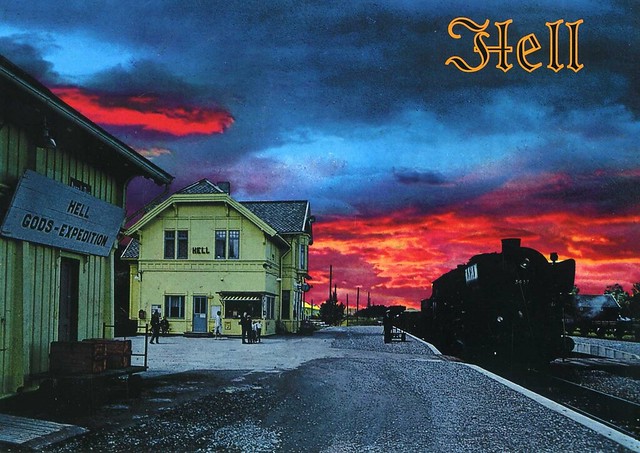
I had this postcard in my favourites for a very long time, I'm so happy to finally have it! It's not mailed directly from Hell (now there's a sentence I never thought I would write :D), but it's still a treasure, and a very beautiful card with the strong colours of the sunset.
Hell is a village in Lånke, Stjørdal, Norway with a population of about 1500 people. It has become a minor tourist attraction because of its name, as visitors often have their photograph taken in front of the station sign. The station sign reads "Gods-expedition", an archaic Norwegian spelling of the word for "cargo handling" - godsekspedisjon would be the current spelling.
The name Hell stems from the Old Norse word hellir, which means "overhang", "cliff cave". The Norwegian word hell in its everyday usage means "luck", in any way pronounced. The Old Norse word Hel is the same as today's English Hell, and as a proper noun, Hel was the ruler of Hel. In modern Norwegian the word for hell is helvete.
The station itself, Hell Station, is situated at a railway junction where the rail line Nordlandsbanen north to Bodø branches off from Meråkerbanen between Trondheim and Storlien in Sweden. Hell station is currently a manned railway station.
Hell is a post town with two post codes: 7517 for delivery route addresses and 7570 for P. O. Boxes. Hell currently has a grocery store, gas station and a retirement home (ah yeah, you could retire in Hell!).
It's a bit unnerving how much the Hell railway station reminds of the railway station in Savonlinna. It looks quite similar, but the one in Savonlinna has been closed for years now. I don't know if things have changed since I moved away, but I remember when they closed it, it became very difficult to buy train tickets as the Finnish state-owned railway company refused to install a ticket machine there. You could buy tickets from a kiosk there if I remember correctly, but they charged a fee to do that, and it had to be done a few days in advance, same as with buying a ticket online (and what were you supposed to do if you didn't have a printer?!). I would usually just buy my ticket on the train as it still cost the same, but that wasn't always ideal as that way you couldn't get a guaranteed seat in the second, much busier train. I'm SO glad I don't live in Savonlinna anymore, although overall I much prefer the Finnish railway network to the system here in the UK, over here it's a total mess and I can hardly ever afford trains over here.

Anyway, back to the postcard... The stamp is from a set of 6 stamps issued in 2009 with the theme Tourism. The stamp here shows Stottafjorden in Meloy, Nordland.


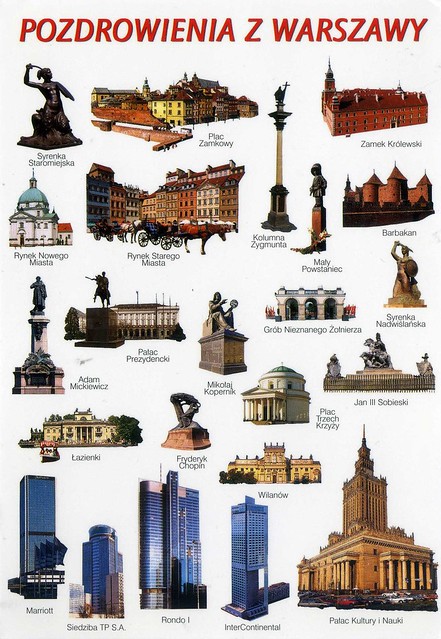



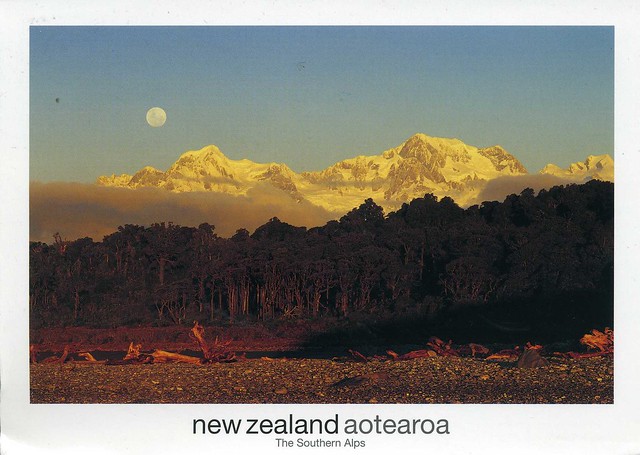
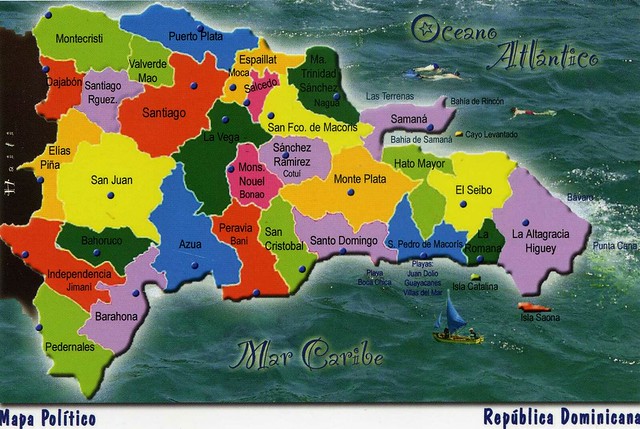

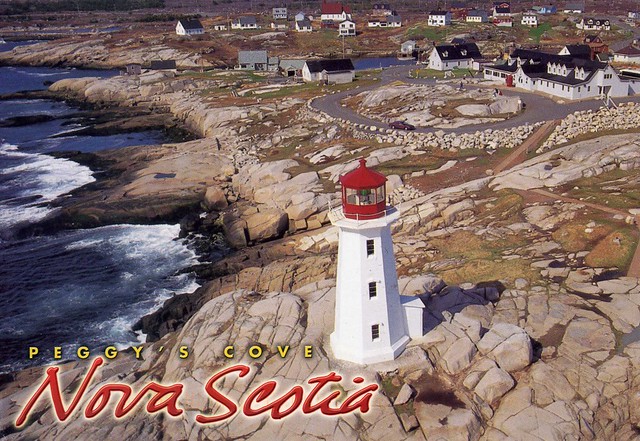

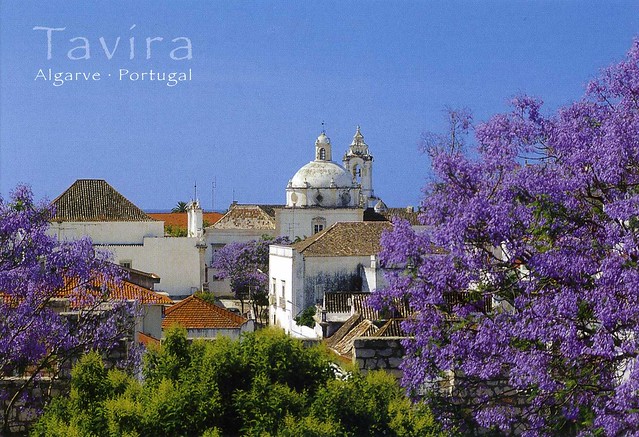

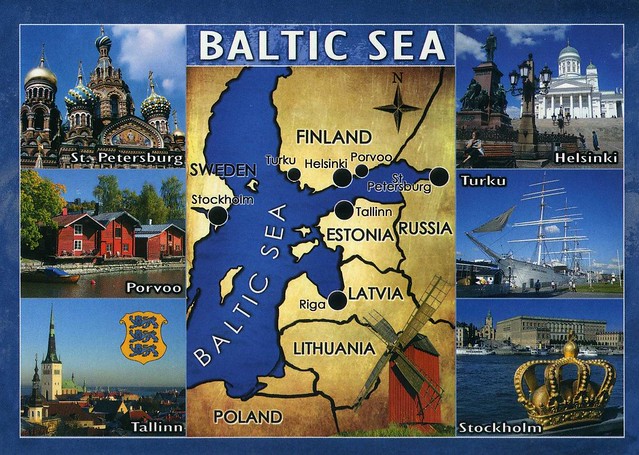



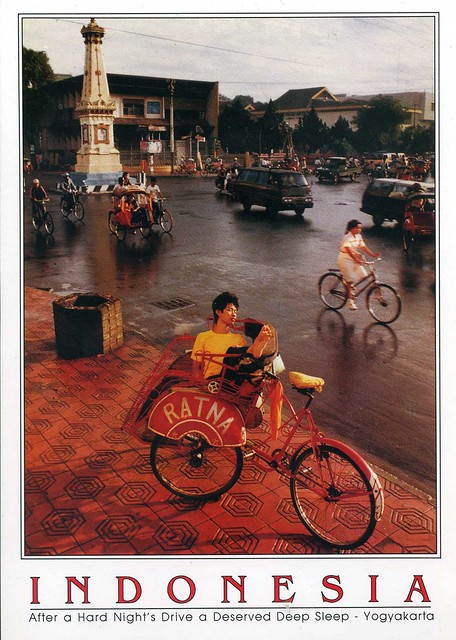


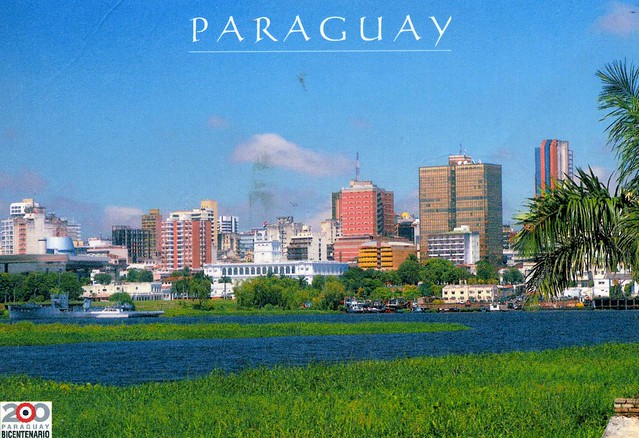

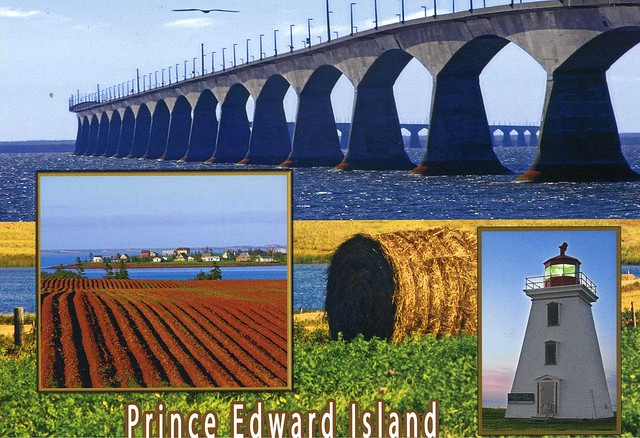





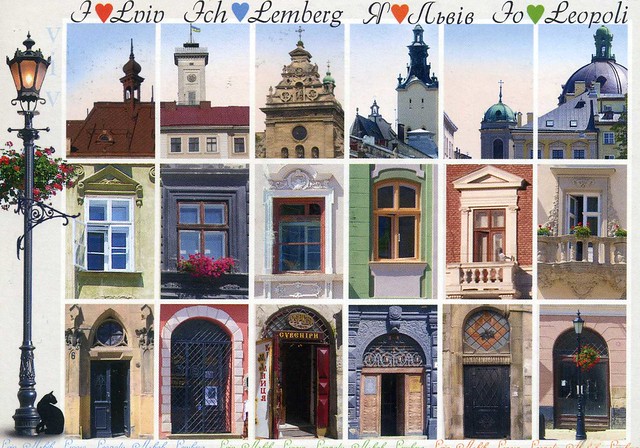



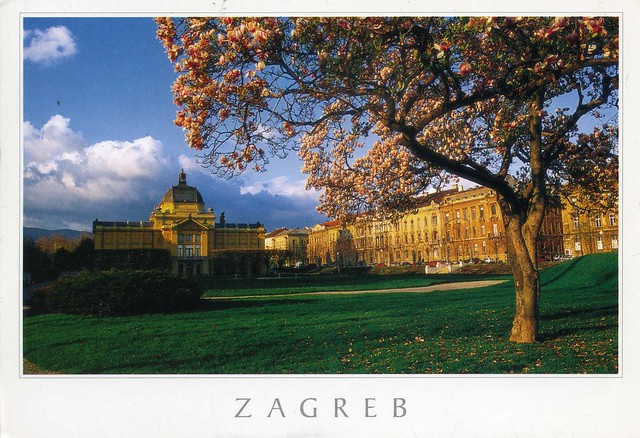


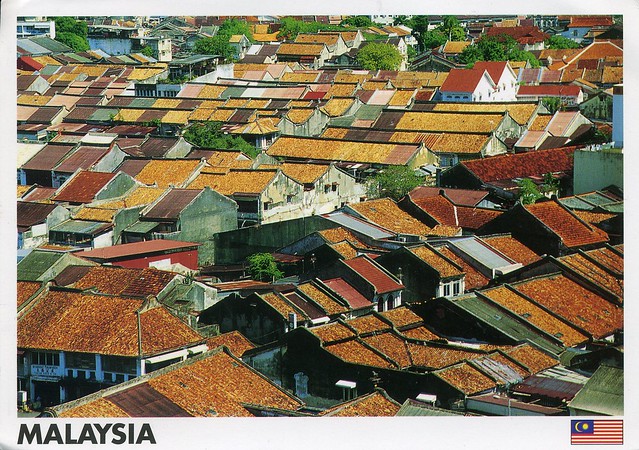

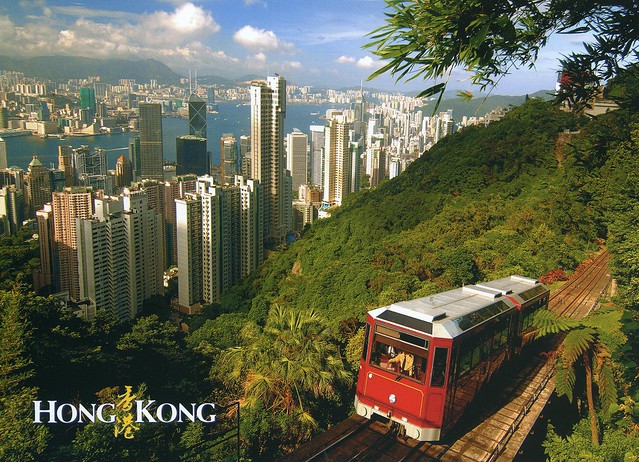

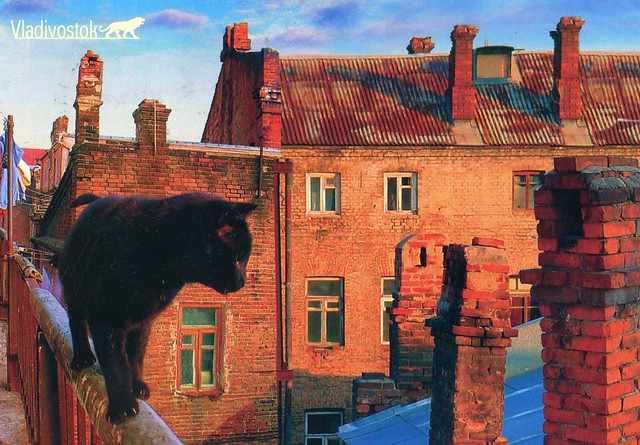
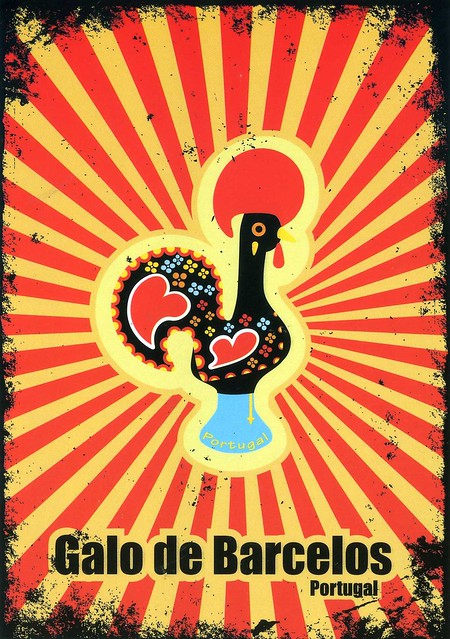
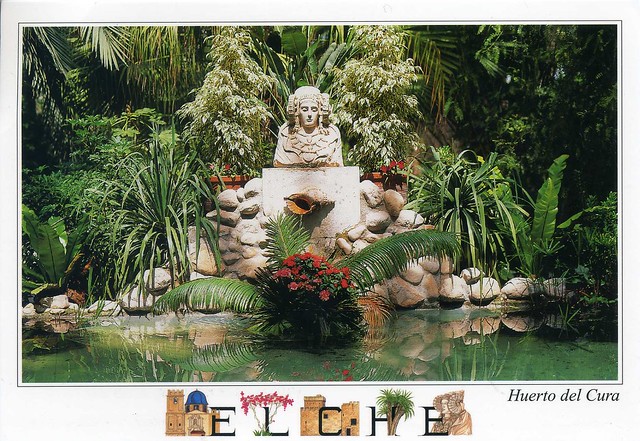
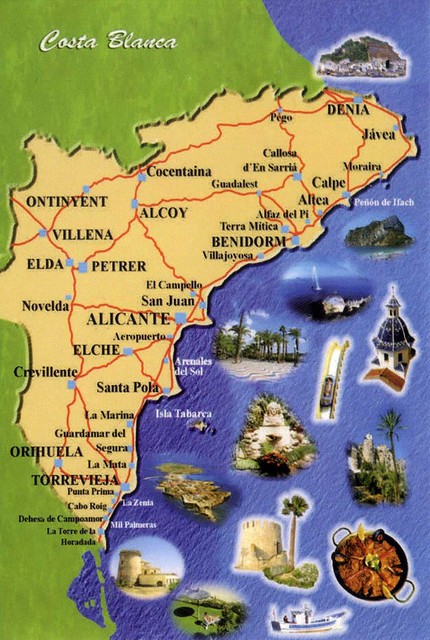
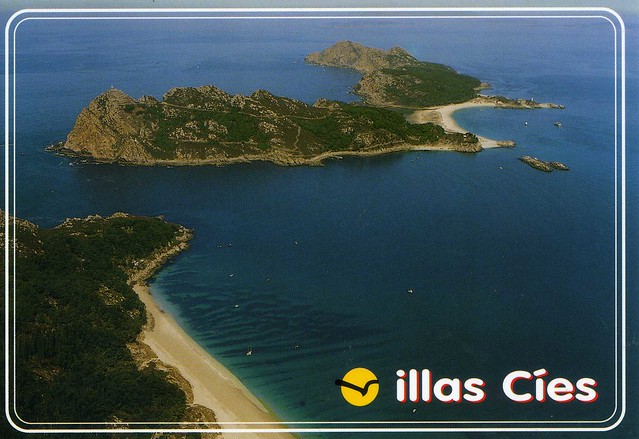
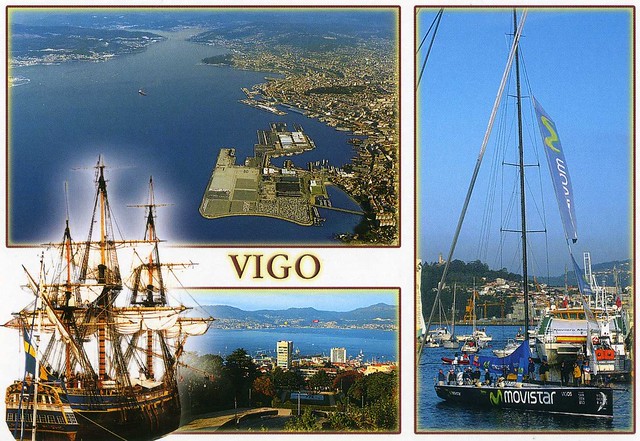

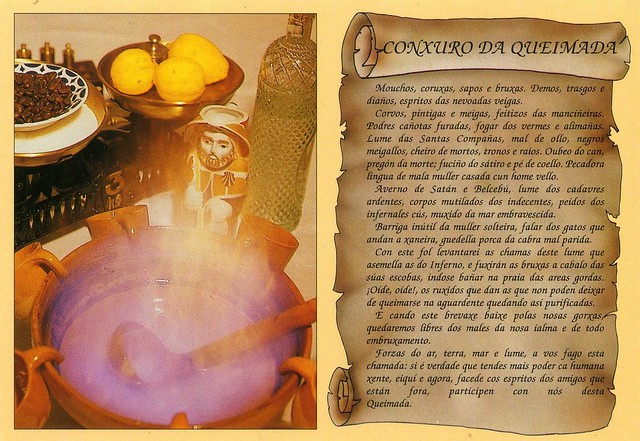



 Maroon
Maroon 









































































































































































